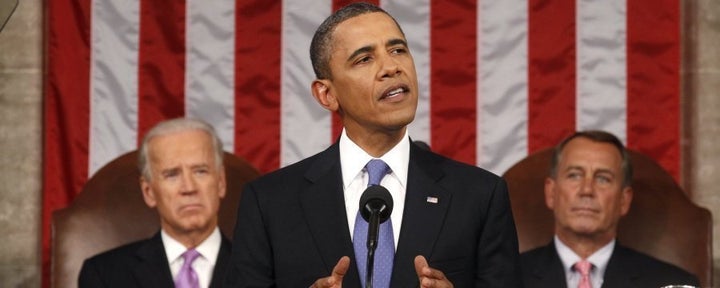
Now that's more like it.
President Obama's new jobs plan is a powerful step toward finally ending this terrible jobs crisis. Impressive in scope, scale and depth, his plan lays out some strong, sensible stepping stones to a more equitable and prosperous America.
With its focus on smart investments in transportation, housing, education, job training, wi-fi for all, and community revitalization, it's a WPA for the 21st Century -- aimed laser-like on the communities hit first and worst by the downturn.
The recession continues to fall hardest on African American and Latino communities, with 16.7 and 11.3 percent unemployment respectively -- far above the national average. The president was right to highlight programs that can target these communities directly.
The president's focus on transportation, for example, will help millions of low-income Americans -- especially black and Latino families -- connect to jobs and revitalize their communities. Nearly a quarter of African Americans live in homes without a car, so affordable, accessible transit options are critical to getting to work. Transportation investments pay dividends for communities of color today and tomorrow.
But it doesn't matter if you can physically travel to a job if you don't have the skills you need to actually get that job. That's why the president's focus on job training -- and tying it directly to infrastructure investments -- is so crucial.
These programs help fill a "skills gap" that is limiting the prospects of millions of Americans and holding back our economy. By training workers with the skills they need today -- and hiring local folks from the communities where these investments are happening -- we can create a more sustainable economy for tomorrow, too.
We see this same commitment to equity in the president's plans to hire more teachers, fix our decaying urban schools, get veterans and the long-term unemployed back to work, and rehabbing foreclosed properties. By investing in people and projects hit worst by the crisis, we can finally lift up communities that were left behind long before this recession began.
The audacity of this plan is exactly what a struggling nation needs.
While I think the president's proposal is on track, the final bill must target the hardest hit workers to ensure it is efficient and effective in bringing jobs and services to the communities hit first and worst:
- Begin small infrastructure repair jobs IMMEDIATELY while larger projects are being planned and contracted
- Explicitly target those jobs in communities with acute or persistent high unemployment
- Break infrastructure projects into small pieces so smaller firms (including minority- and women-owned firms) can get the work
- Set aside dollars for job training dollars in every infrastructure project
The president has opened a door to a real and meaningful effort to revive this economy -- and did so with an impressive array of bipartisan ideas. It is up to all Americans to make sure Congress doesn't backtrack on its promise. We must walk through the door the president has opened... and build a path to a brighter future for all.
